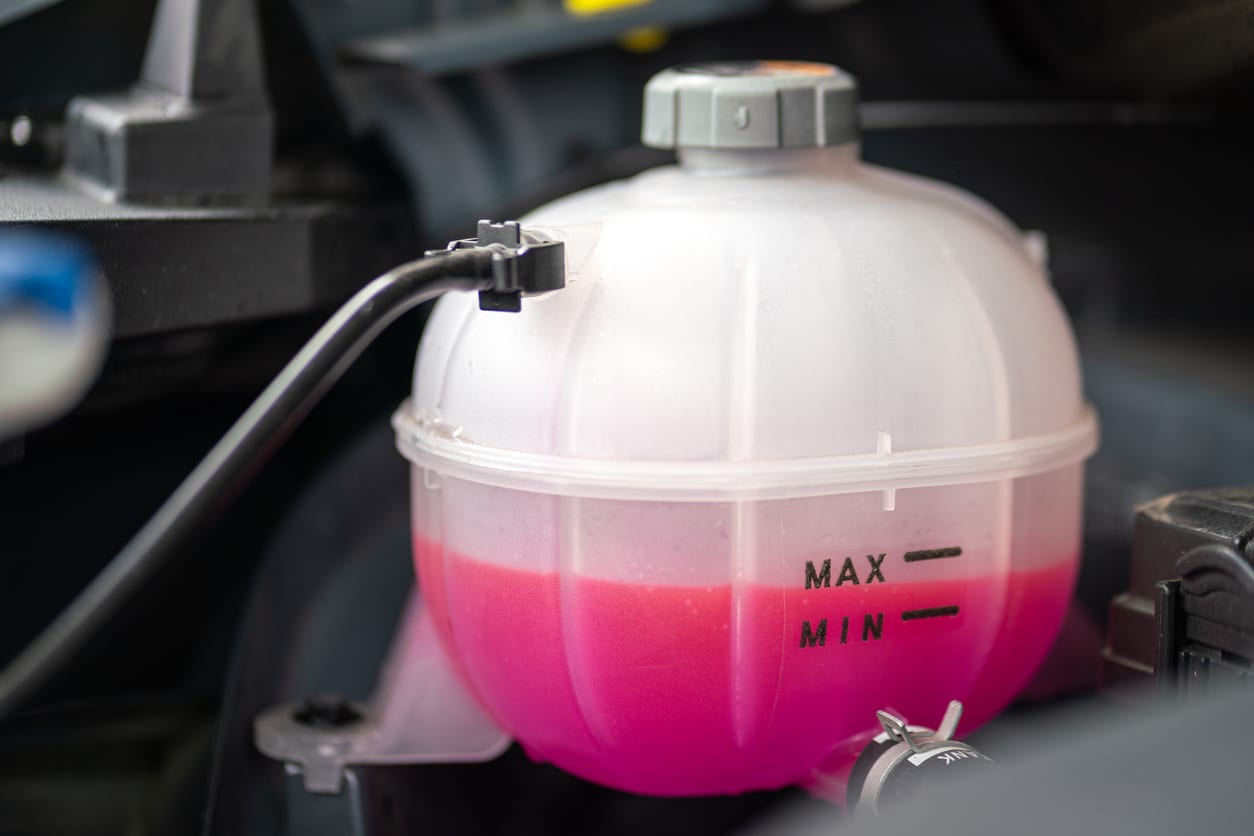So, you’re standing in front of your car, pondering the eternal question: can you mix pink and green antifreeze colors? Well, buckle up, my friend, because we’re about to jump into the colorful world of car maintenance. Picture this: a pink antifreeze and a green antifreeze walk into a radiator… Sounds like the start of a bad joke, right? But hey, when it comes to your vehicle’s health, mixing antifreeze colors is no laughing matter.
As a self-proclaimed antifreeze aficionado, I’ve seen my fair share of rainbow-colored radiator disasters. But fear not, dear reader, for I’m here to guide you through the do’s and don’ts of blending these vibrant liquids. So, grab your wrench, hold onto your seatbelt, and let’s unravel the mystery of mixing pink and green antifreeze colors.
Understanding Antifreeze and Its Functions
Antifreeze is like the chauffeur of your car’s engine, ensuring it doesn’t freeze in cold temperatures or overheat in scorching conditions.
Types of Antifreeze by Color
Here’s a colorful breakdown of antifreeze based on their hues:
- Green Antifreeze: This classic coolant often contains ethylene glycol and is commonly used in older vehicles.
- Pink Antifreeze: Known as Dex-Cool, this coolant usually contains a different formulation suitable for modern engines.
- Prevents Freezing: By lowering the freezing point of water in your car’s cooling system.
- Avoids Overheating: By increasing the boiling point of the coolant, making it resistant to high temperatures.
The Risks of Mixing Pink and Green Antifreeze
As an expert in car maintenance, I always like to spice things up a bit. But when it comes to mixing pink and green antifreeze, trust me, it’s not a cocktail you want to serve your car. Let’s jump into the risks of this colorful concoction.
Chemical Composition Variations
When it comes to antifreeze, think of it like a delicate recipe. Pink and green antifreeze aren’t just different in color; they also have distinct chemical compositions. Green antifreeze is typically ethylene glycol-based, perfect for older vehicle models. On the other hand, pink antifreeze, often known as Dex-Cool, is designed for modern engines, usually using organic acid technology (OAT). Mixing these two can create a chemical clash that spells trouble for your engine.
Potential Engine Damage and Performance Issues
Imagine your car as a picky eater. Introducing the wrong flavors can lead to a major meltdown. Mixing pink and green antifreeze can cause corrosion, gasket damage, and overall decreased performance. The differing pH levels and additives in each type can react negatively when combined, leading to potential leaks, overheating, and engine failure. So, as tempting as it may be to create a colorful coolant rainbow in your engine, stick to one shade to keep things running smoothly.
Alternatives to Mixing Different Antifreeze Colors
So, you’ve realized that mixing pink and green antifreeze colors is a big no-no. Fear not, my friends! Let me shed some light on alternatives that will save your engine from a colorful catastrophe.
Proper Antifreeze Replacement Techniques
When it comes to replacing your antifreeze, stick to the same color that’s already in your engine. If you’re uncertain about the type, a quick visit to your manual or a chat with a knowledgeable mechanic can save you from a rainbow disaster. Remember, it’s not about being green with envy of other colors – it’s about keeping your engine running smoothly.
Key Terms:
- Antifreeze Replacement: Swapping out old antifreeze with new coolant to maintain engine health.
When to Consult a Professional
If the thought of choosing the right antifreeze color gives you cold feet, it might be time to call in the big guns – a professional mechanic. They’ll ensure that your engine gets the royal treatment it deserves, sparing you from a technicolor nightmare under the hood. Don’t let pride stop you from seeking help; sometimes, it’s better to be safe than sorry.
Key Terms:
- Professional Consultation: Seeking advice or services from a trained mechanic for complex automotive tasks.
Conclusion
Well, folks, there you have it! Mixing pink and green antifreeze colors is like trying to make a fashion statement with mismatched socks – it just doesn’t work! Remember, your car’s engine deserves better than a confused cocktail of coolants. Stick to one color, avoid a rainbow under the hood, and keep your engine running smoothly. Trust me, your car will thank you later. And if in doubt, don’t be shy to call in the pros. Let’s keep those engines purring and those coolants in line!
Frequently Asked Questions
Is it safe to mix pink and green antifreeze in a car?
Mixing pink and green antifreeze can lead to chemical reactions, causing damage to your engine and affecting its performance. Avoid mixing different colored antifreezes for optimal car maintenance.
What are the risks of mixing pink and green antifreeze?
Mixing pink and green antifreeze can result in engine damage due to incompatible chemical compositions. It may lead to cooling system malfunctions and performance issues. Stick to one color to prevent costly repairs.
How can I prevent engine damage from mixing different antifreeze colors?
To prevent damage, always use the same color antifreeze when topping up or flushing your cooling system. Consult a mechanic for guidance and ensure proper maintenance for your car’s health.

